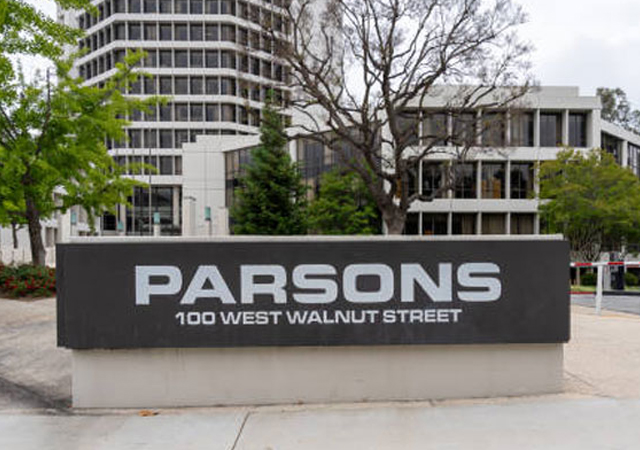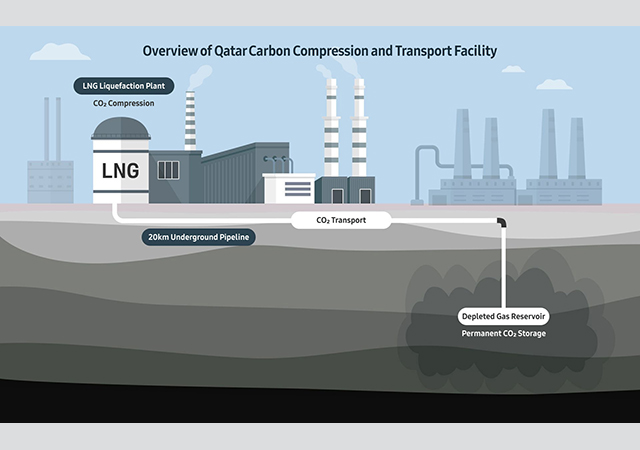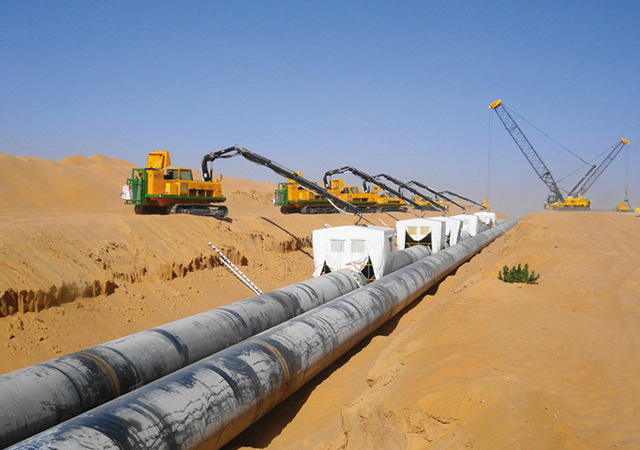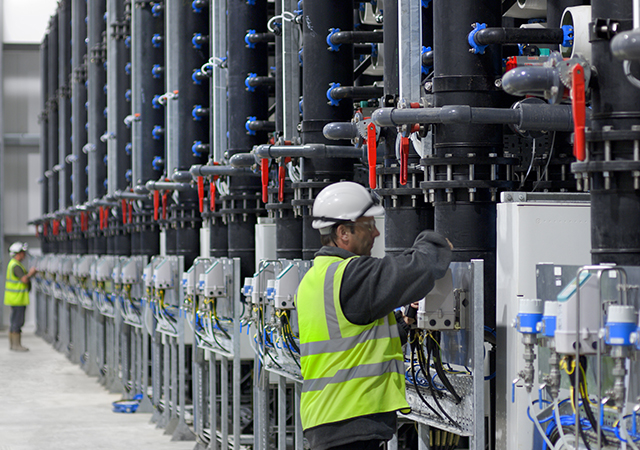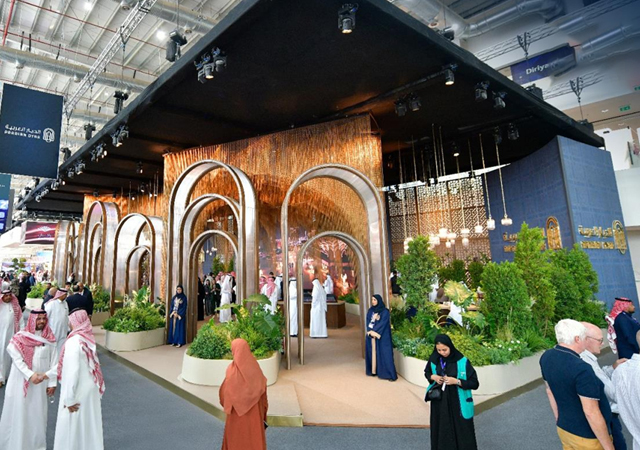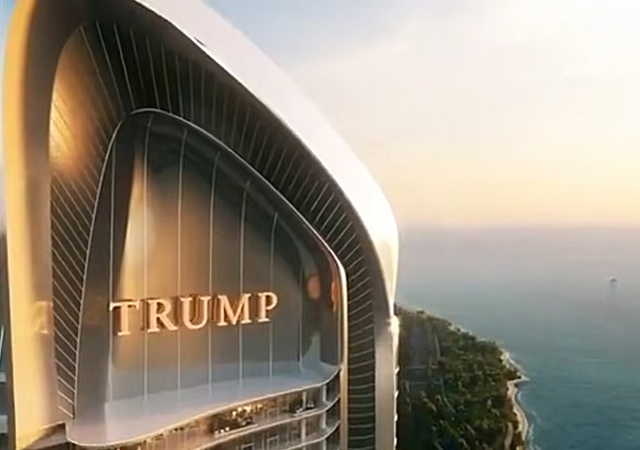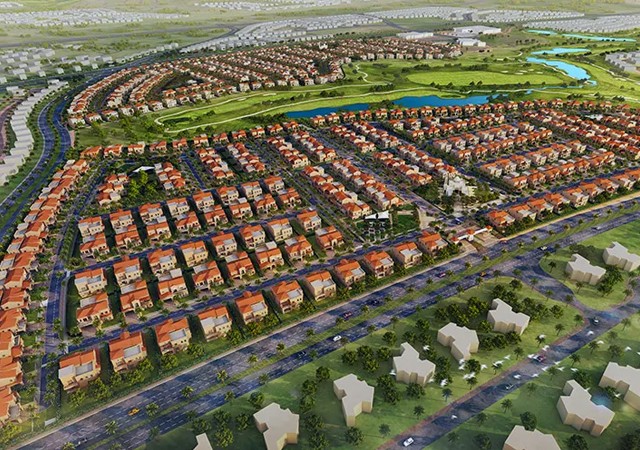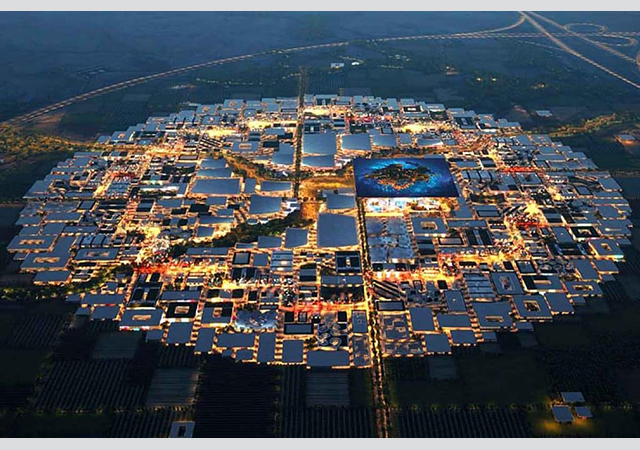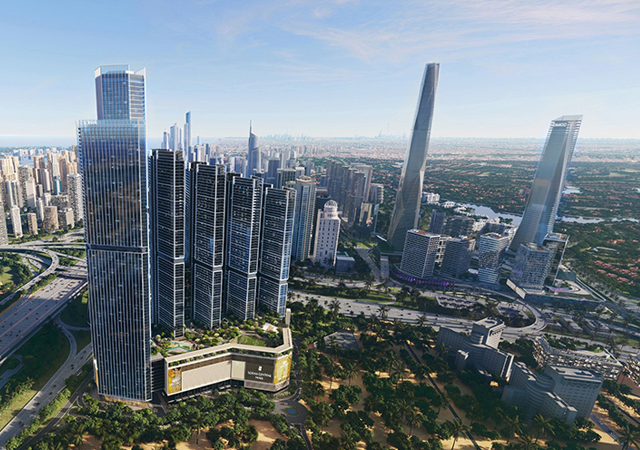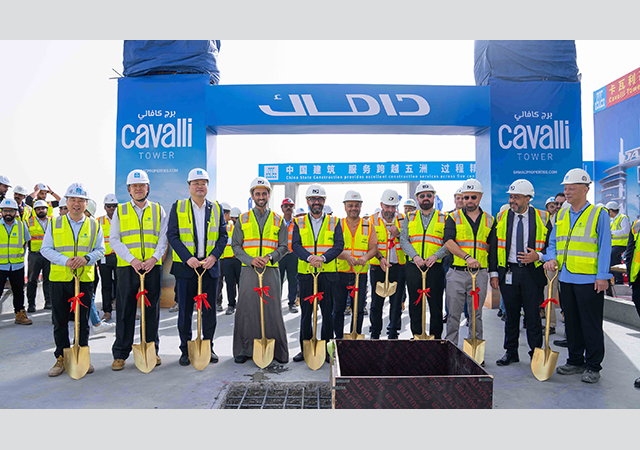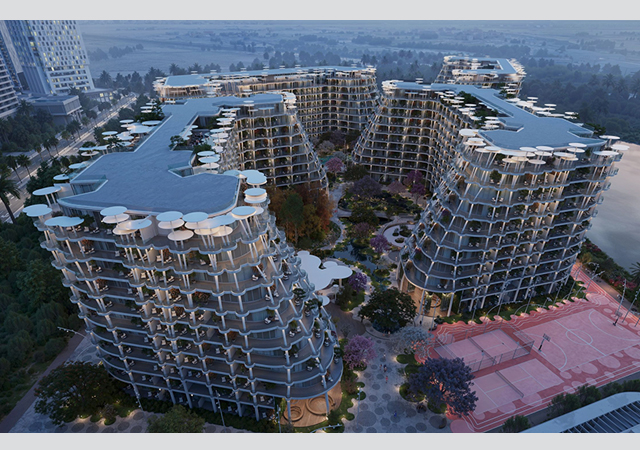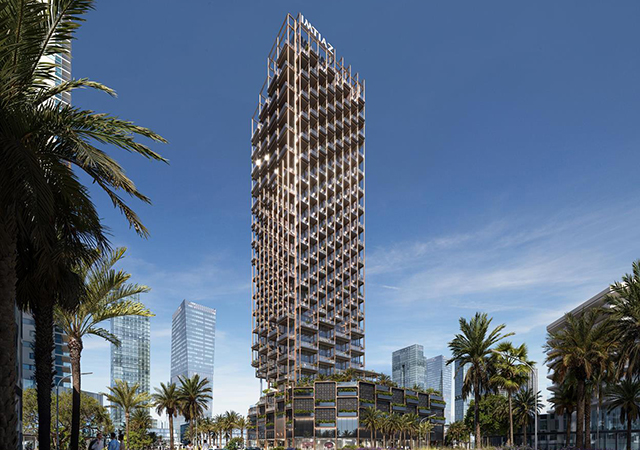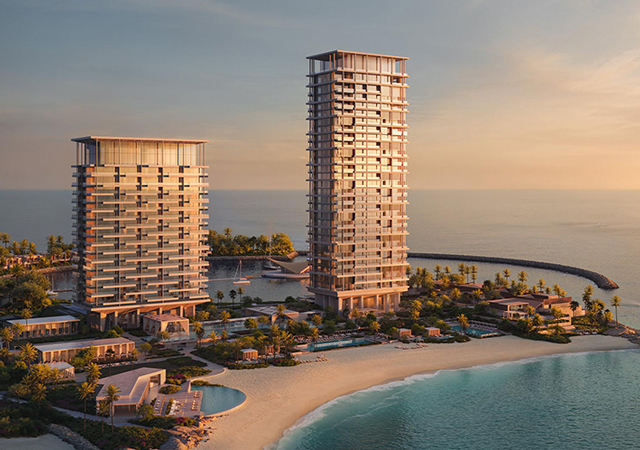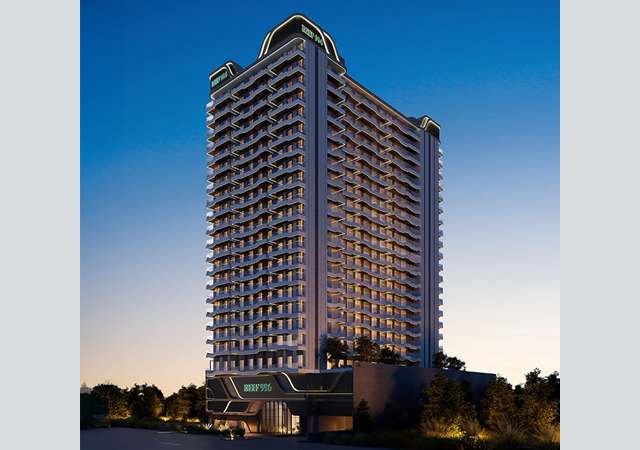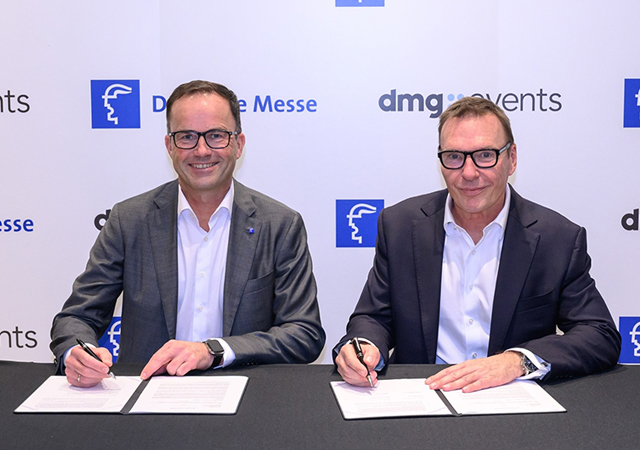
oncrete slab-on-ground construction is the most common type of construction, but it is susceptible to termite entry. Concrete slabs, which retain moisture under them, attract termites.
Standard building practices involve pouring the concrete in two stages. The foundations are laid first and then the concrete slab is poured to overlap the foundation. The joints between the foundations and slab can crack giving termites access to the cavity walls, roof and other timbers.
Covering the bottom one or two courses of the outer leaf brick wall with soil is the most serious design flaw in standard constructions. This provides termites direct concealed access to the cavity walls and from there to most structural and cupboard timber in the house.
The common practice of using thinner concrete, or no concrete at all, under the bath markedly increases the risk of termite attack in this area. The concrete slab can act as a physical barrier itself, if it is constructed correctly to specifications. The use of vibrators for compaction is strongly recommended. Pouring the foundations and slab in one operation (monolithic slab) and bonding the two with steel reinforcements significantly protects the cavity walls and is recommended. The outer edge of the concrete foundations should be clearly visible. Ideally 75 mm of concrete should be clearly visible above the final finish level of the soil. This markedly increases the building's resistance to termites.
Termites can enter a building through the cracks and along air pockets formed around plumbing and electrical service pipes installed in the concrete. Using a mechanical vibrator on the concrete in these areas can improve the resistance of the structure. Penetrations through the slab (plumbing, electrical and other service pipes) and any joints in the slab need to be protected by a suitable chemical or physical barrier. Chemical barriers are required to be continuous under the entire sub-floor area. Using adequate steel reinforcing and 'haunched' footings under internal, load-bearing walls can help stop the slab cracking. Allow at least seven days curing time before heavy loads (for example, vehicles, brick stacks) are allowed onto the surface and before construction starts.
Suspended floor construction
Houses with suspended floors on steel or brick and concrete piers fitted with termite caps or shields with adequate clearance (400 mm minimum), ventilation and light are the most termite resistant. Possible access points are steps, service pipes or the concrete slab-on-fill construction, often used under wet areas such as laundries and bathrooms. Steps should be separated from the house by at least 50 mm.
Renovations
Additions and renovations must be designed in a way that the superstructure of the building remains isolated from termites. Modifications can significantly increase the vulnerability of a building to termites.
Patios, pergolas, gate posts and steps can make a building more vulnerable to termites. Free standing patios and pergolas should be separated from the house by 50 to 100 mm. If they are attached to the house, pay attention to where they contact the ground. Avoid using wooden posts in direct contact with the ground. Attach wooden posts to steel fittings concreted into the ground with 50 to 100 mm between the wood and the ground. Seal the ends of hollow steel fittings in all constructions with welded plate to prevent termites entering the wood through the tubing. Ensure a 50 mm to 100 mm clearance between gate posts fixed in the ground and the building. Alternatively, gate posts fixed to the building should clear the ground by 50 mm to 100 mm.
Similar principles apply to the construction of sheds. Avoid embedding timber posts directly into the ground. All timber should be clear of the ground by at least 50 mm.
Physical barriers
Termite caps or termite strip shielding should be placed between the building superstructure and its foundations in constructions with suspended floors. Physical barriers are constructed from metal with the edge angled downwards at 45 degrees. Correctly constructed strip shielding can act both as a damp course and termite barrier. Effective physical barriers need adequate site preparation. All timber and builder's rubble should be removed from the site. Termite caps and strips do not provide complete protection against termite attack. However, where an attack occurs, they force termites to build their shelter tubes where they can be detected easily and treated. Thus, where physical barriers are used, adequate access for regular inspections should be provided.
Stainless steel mesh (TermiMesh) is approved for use as a termite barrier. A layer of steel mesh, with holes too small for termites to penetrate, provides a barrier against attack. Mesh barriers are best installed during constructing, since fitting the mesh after construction is difficult and not as effective.
There are two basic options for installing stainless steel mesh to concrete raft constructions. The first involves a complete cover under the entire floor with clamp fittings around any pipes that penetrate the slab. This is the most expensive option but provides the most complete protection. Partial installation, across cavity walls and around the pipe penetrations only, reduces the cost and gives protection against most instances of termite penetration.
Installation of stainless steel mesh involves only an initial cost, but competent annual inspections are required. Partial installation requires an upgraded slab.
Graded stone has been accredited as a physical barrier. A base of compacted gravel of a specific size range is laid under the normal concrete pad. The method works on the principle that the individual granite particles are too heavy for individual termites to move and are too small to provide gaps large enough for the termites to penetrate. Graded stone can be installed as a complete barrier under the concrete slab or as a partial barrier where it must be restrained so as to remain in contact with the other surfaces which comprise the barrier.
Chemical barriers
Chemical barriers must be continuous under the whole of the structure to be effective. All foundations should be surrounded by, and be in contact with, an insecticide-treated layer of soil. Chemical barriers should be formed after completing all site works - levelling, excavation, filling and compaction; and after the installation of ground-located electrical conduits and plumbing pipes. This is immediately before laying the floors of buildings with suspended floors or immediately before placement of waterproofing membranes for buildings with concrete floors.
Prospective home builders should be aware that chemical barriers will not last the life of the building. Retreatment intervals of six to 10 years are stated on the respective chemical labels. Retreatments may not be required after this period but annual inspections by a licensed pest control operator are recommended.
Reinstallation of a chemical barrier underneath a concrete slab may require floor coverings to be removed, holes drilled through the floor and chemical injected unless an approved reticulation system was installed at the time of construction.
Site preparation can maximise the effectiveness of insecticide barriers. All stumps, tree roots, timber and other debris must be removed before treatment. For slab-on-ground constructions, chemical barriers can be installed only at the time of construction (except where under-slab reticulation systems are used).
Below-standard termiticide applications involving under-strength termiticide concentrations and reduced volumes of termiticide per unit area have been reported.
Correct installation of a chemical termite barrier involves at least two separate treatments. The major barrier is under the concrete slab as described above. The final treatment is to the outer perimeter of the foundations after all service connections have been completed and all backfill is in place. An initial treatment to the foundations is also required where these are poured separate to the concrete slab.
Concrete garage floors are usually poured separately and late into the construction of a house. Hence, they are often untreated and can weaken a building's termite protection. Chemical barriers are required to be continuous under concrete floors, including garages and car-ports. If the garage is part of the house and is under the main roof, this treatment is the responsibility of the builder and should be included in the building contract.
Altis and Termguard are under-slab reticulation systems currently approved for use. They are installed pre-construction, underneath the slab and waterproof membrane.
A chemical barrier is installed by injecting the insecticide under the slab at any convenient time between pouring the slab and completion of the house. If a reticulation system is installed, it must be charged with chemical soon after the house is completed to satisfy building requirements. The exposure of children to the termiticide barrier applied around the outer perimeter of a building is not considered a significant health risk. This is partly owing to the binding of the chemical to the soil and the evaporation of the solvents and emulsifiers soon after application. It is possible to dispense with this treatment if the outer edge of the concrete slab is exposed 75 mm above the final finish level of the soil.
Barriers for existing buildings
Where the sub-floor area cannot be reached, a trench extending down to the top of the foundation and 150 mm wide around the outside of the building is an option. The trench in contact with the foundations should be dug and then backfilled with treated soil using 100 litres/cu m of insecticide emulsion.
Another application method for external barriers is to pump insecticide emulsion through a specially-designed perforated pipe. The pipe is driven into the ground around the perimeter of the building, close to the foundations, to a depth of 300 mm at frequent intervals so that insecticide from adjacent injections meet.
Large trees should not be planted close to buildings, since roots can broach insecticide barriers.
Inspection
All houses should be inspected annually by licensed pest control operators. A thorough inspection could take two or more hours, depending on the construction of the house, and consumers should expect to be charged accordingly.
An inspection should result in a signed, written report detailing the findings and indicating areas that could not be inspected adequately.
For slab-on-ground construction, the outer edge of the concrete slab should be easily accessible. A minimum crawl space of 400 mm between the ground and the floor should be provided in suspended floor construction.
The perimeters of all buildings should be unimpeded by plants or similar. Allow 50 to 100 mm between steps, gate posts and other adjoining structures, and the building for easy inspection. Where extensions abut the house, ensure the join is unobstructed.
Home buyers should arrange and pay for inspection and termite-free certificate when purchasing a house so they, and not the vendor, are the client of the pest control operator. This way the buyer can be sure of the standard of inspection and can exercise consumer rights without intervention from the vendor after the purchase, if problems arise later.
Treating infestations
Termites are commonly found in gardens but their presence is not necessarily a cause for concern. Building protection relies on effective barriers and not on the presence or absence of termites. Active termite infestations in a building should not be disturbed if possible before treatment. Identify the termite species before treatment, since this may have a bearing on the measures required. Termites are identified from the soldier caste. It is often possible to collect them, and minimise the disturbance of the colony, by inserting a smoker's pipe cleaner, blade of grass or similar into the galleries. The soldiers attach to it and can be kept in a collection bottle for identification.
The building and surrounding area should be inspected thoroughly to locate all termite activity. The termite nest is usually below ground and may be up to 100 m away. Forming a physical or chemical barrier between the termite nest and structure to be protected, or dusting the termite galleries with arsenious oxide, are options for treating an active infestation.
Treatment of active termites in an existing building should be left to a trained pest control operator. Arsenical dust can be dangerous to use and is not available to the public. Arsenical dust treatment involves puffing finely powdered arsenious oxide into the termite galleries with as little disturbance as possible. The dust must be very finely ground (able to pass through a 75 microns test sieve) so that it does not block the galleries. It relies on the termites continuing to work as normal.
The dust adheres to worker termites and is spread through the colony by mutual grooming. As dead termites are cannibalised, the whole termite colony can be killed. As many sites of the termite activity as possible should be located and treated, especially if they occur over a wide area. Termite galleries should be undisturbed for two to four weeks and then re-treatment arranged, if necessary. Once termite activity has ceased, damaged timber can be replaced. Once treatment is completed, any nests found should be excavated and sprayed with an appropriate insecticide.
While this treatment may kill the termite nest, it does not provide a barrier. The building remains susceptible to termite attack from other termite nests. Alternatively, active termite infestation in an existing building may be treated with chemical or physical barriers. Care should be taken when treating buildings and yards in which animals used for human consumption are housed.




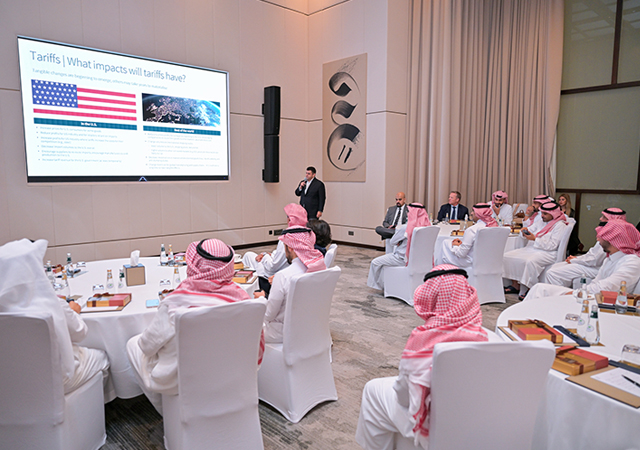
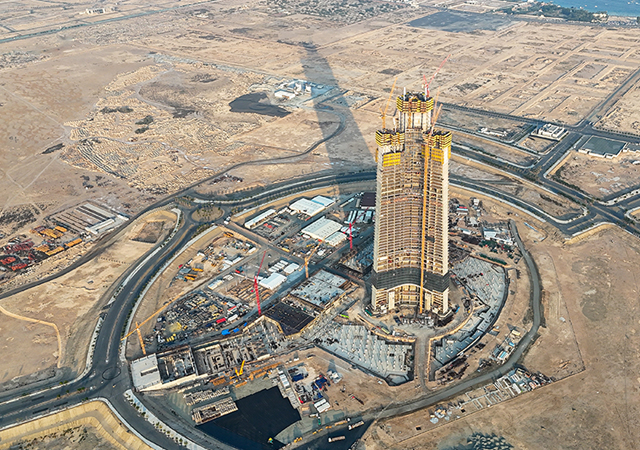
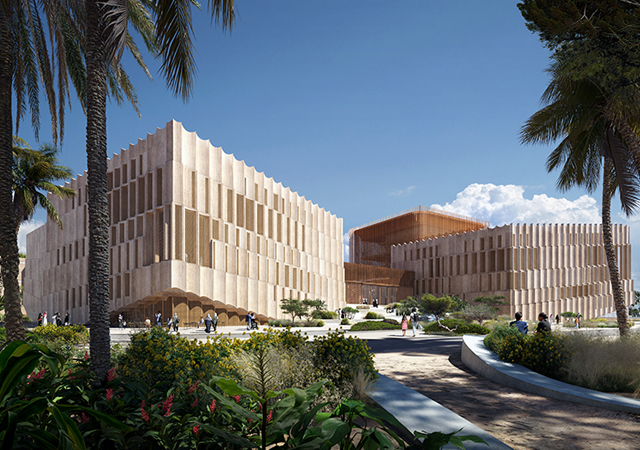





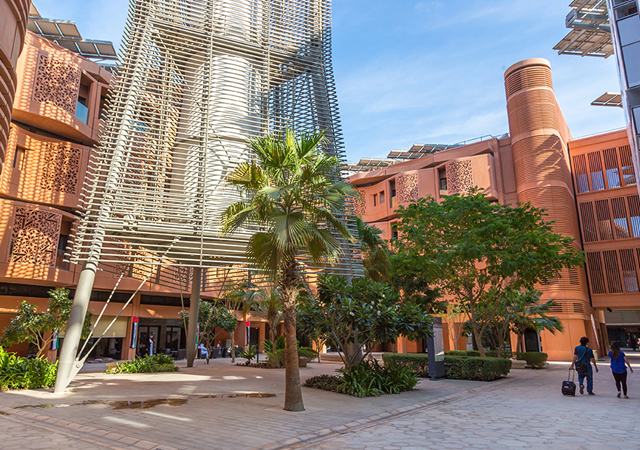



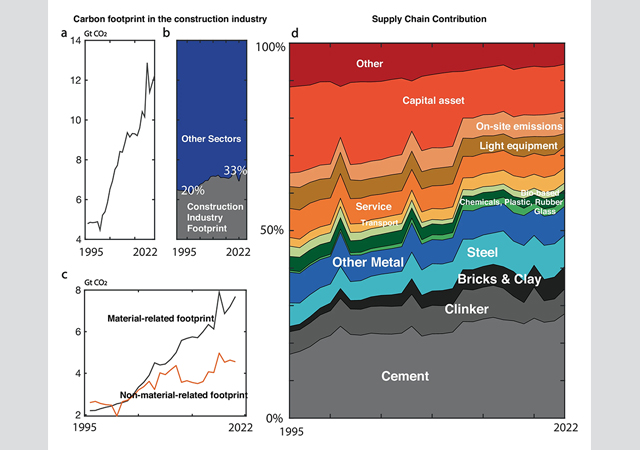
.jpg)

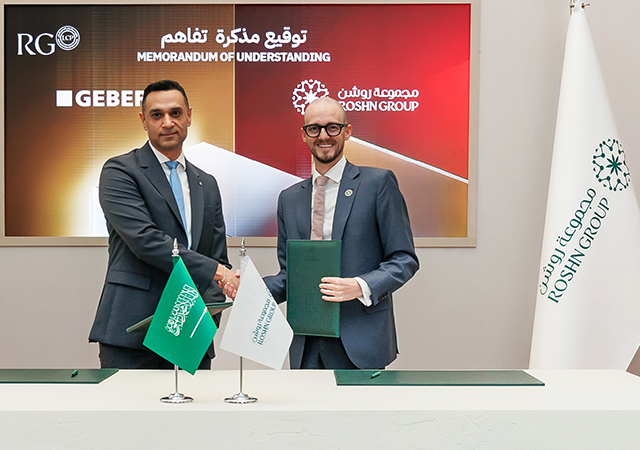


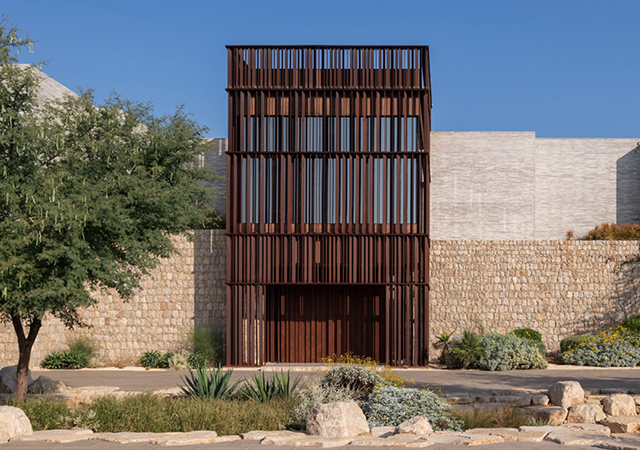
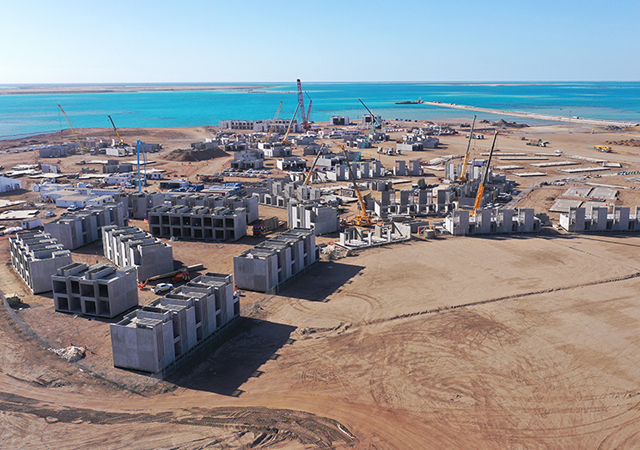
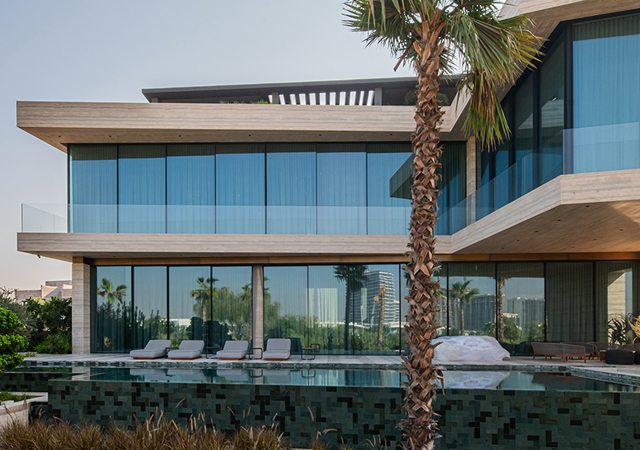
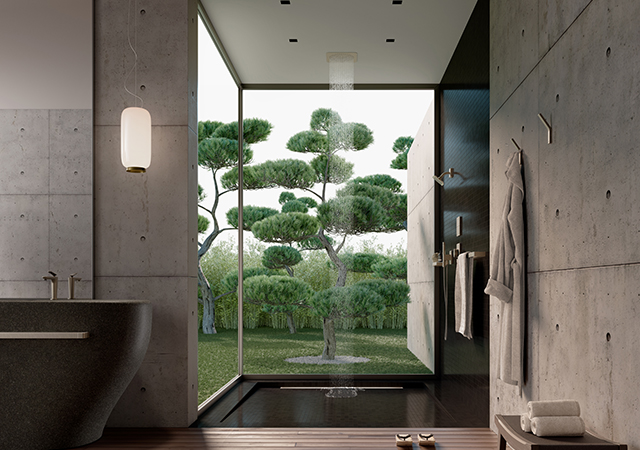

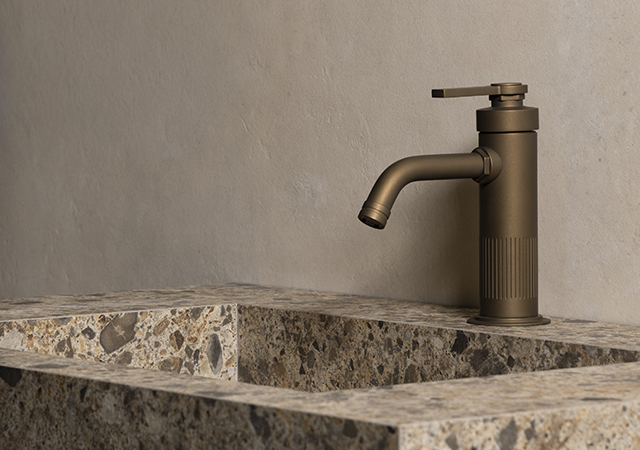


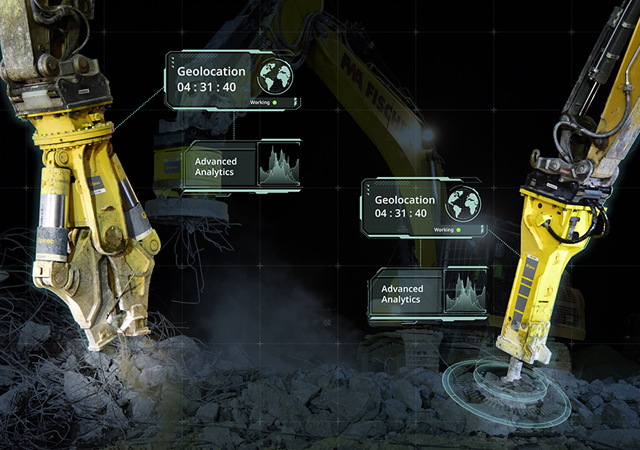
 (1).jpg)


